Description
Silk on Silk carpet refers to a pure silk carpet with 100% silk and no other material blend in it. By Silk on Cotton Carpets is meant that weft used is silk threads and the warp used in this carpet is cotton thread yarn. It is a blend of silk and cotton. Hand woven, knotted wool yarn is used in these carpets.
Kashmir carpets are handmade, hand-knotted, and are primarily made using pure wool, pure silk and occasionally wool and silk blends. These are available in wide-ranging colors, designs and sizes. The silk carpet means that the piles and warps are made of genuine natural silk. They are various in designs, luxurious in appearance, harmonious in colors matching, shining and smooth in surface, soft yet durable in texture, well proportioned in pattern, anti-worm-eaten not drop hair.
The origin of hand knotted carpets locally known as “Kal baffi” dates back to 15th century after which it progressively attained the high degree of perfection. It is said that Sultan Zain-ul-Abidin brought carpet weavers from Persia and central Asia in to Kashmir to train the local inhabitants. Kashmiri carpets are the hand-knotted categories of carpets and are handwoven by tying knots. These carpets are made in a “karkhana” or “carpet factory” where the skilled weavers work together to craft the wonders of art.
Silk has a smooth, soft texture that is not slippery, unlike many synthetic fibers. Silk is one of the strongest natural fibers, but it loses up to 20% of its strength when wet. It has a good moisture regain of 11%. Its elasticity is moderate to poor: if elongated even a small amount, it remains stretched.
Mulberry plant cultivation, silkworm rearing to produce silk cocoons, cocoon reeling to untwist silk filament, yarn manufacture, weaving, and silk fabric processing are all intertwined. Sericulture in Jammu and Kashmir generates income for farm households throughout the year mainly in spring and autumn season.














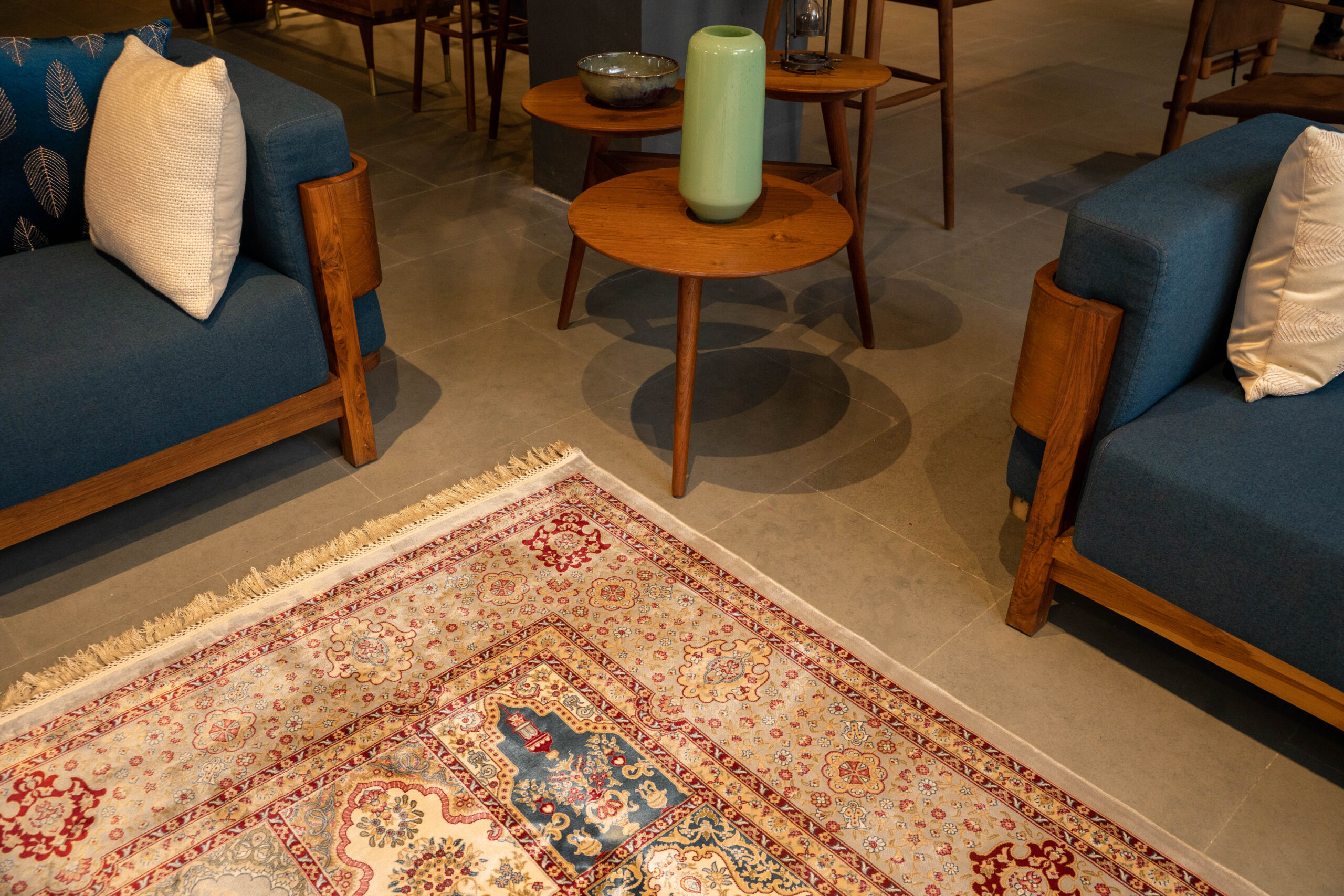
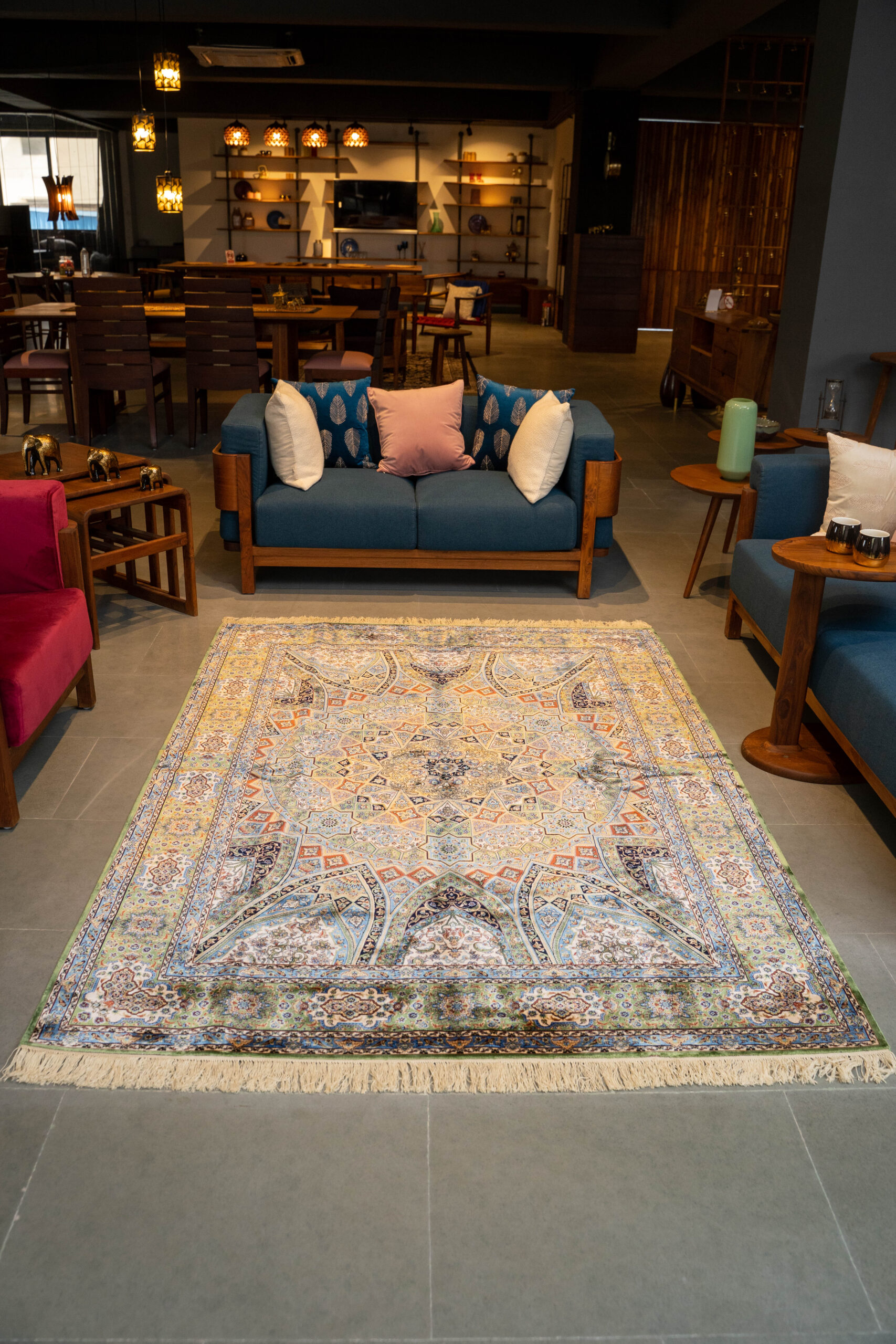


























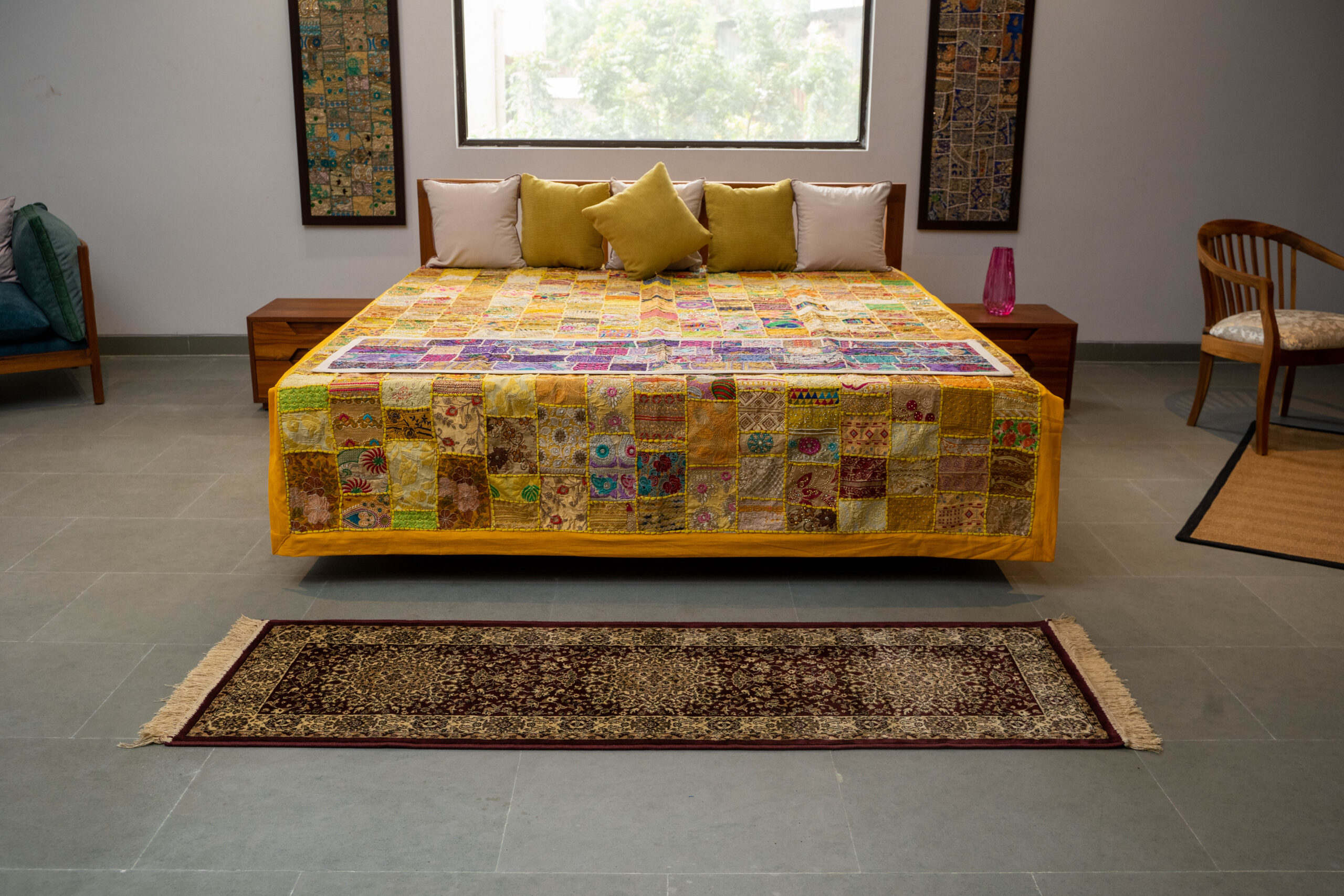

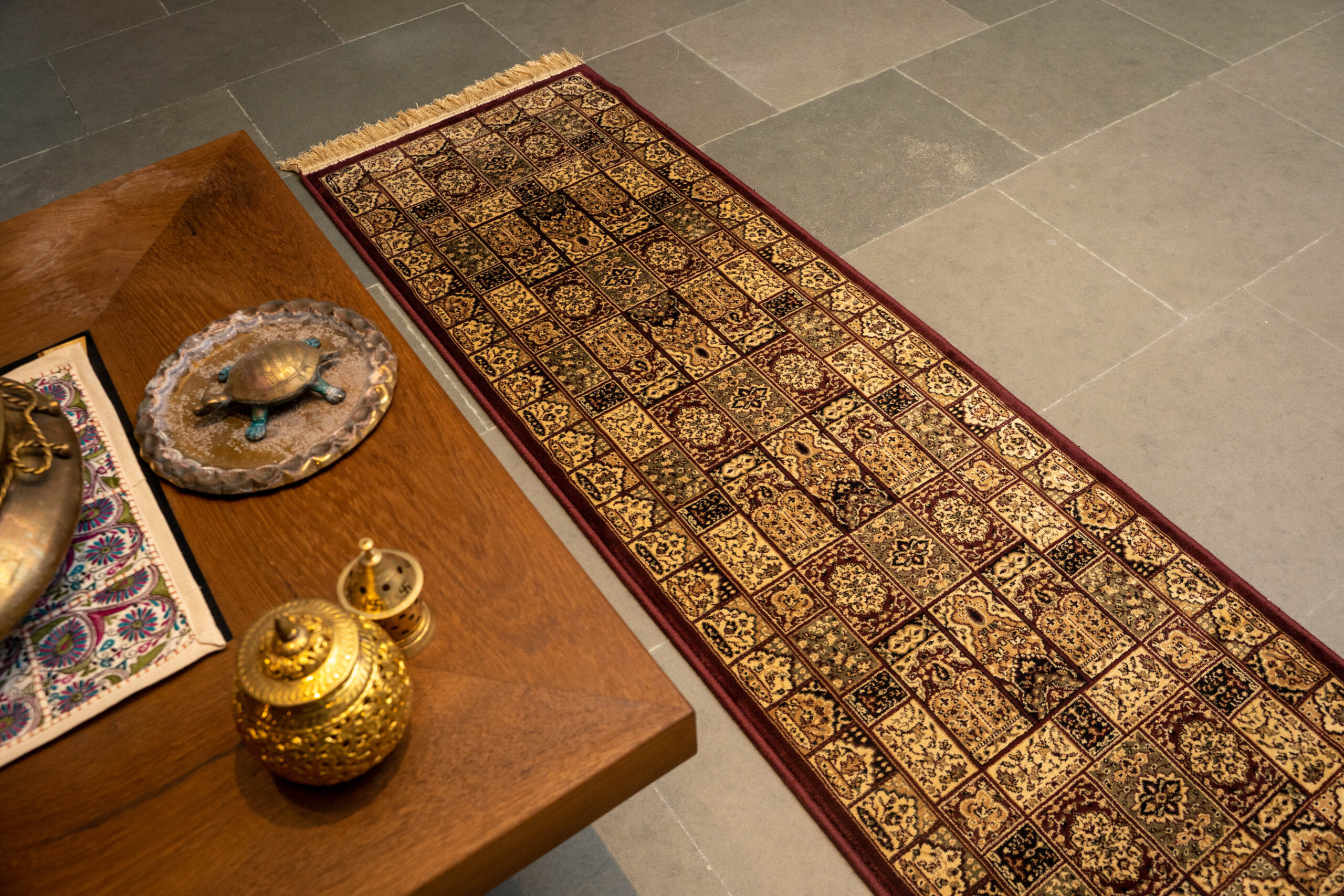




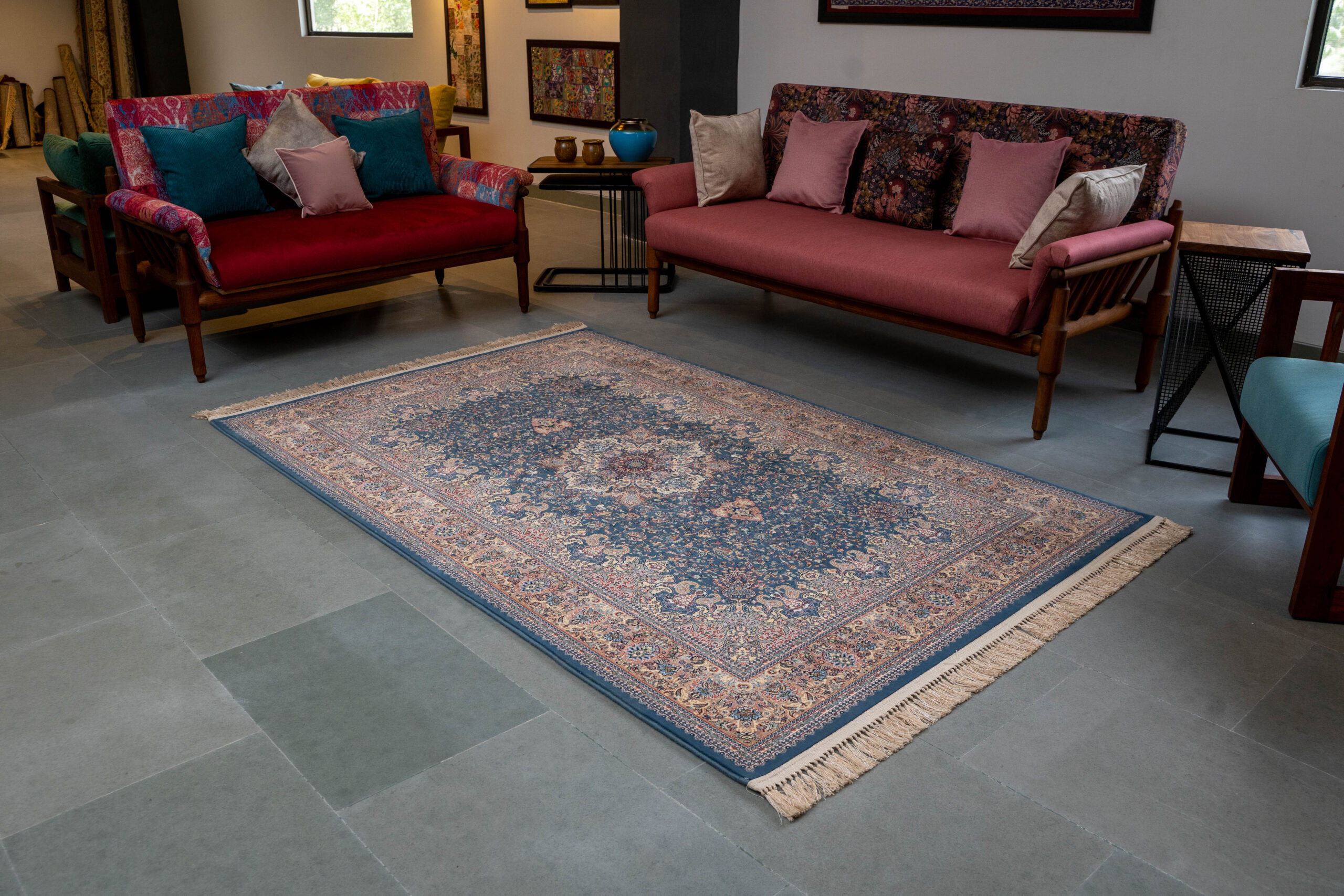




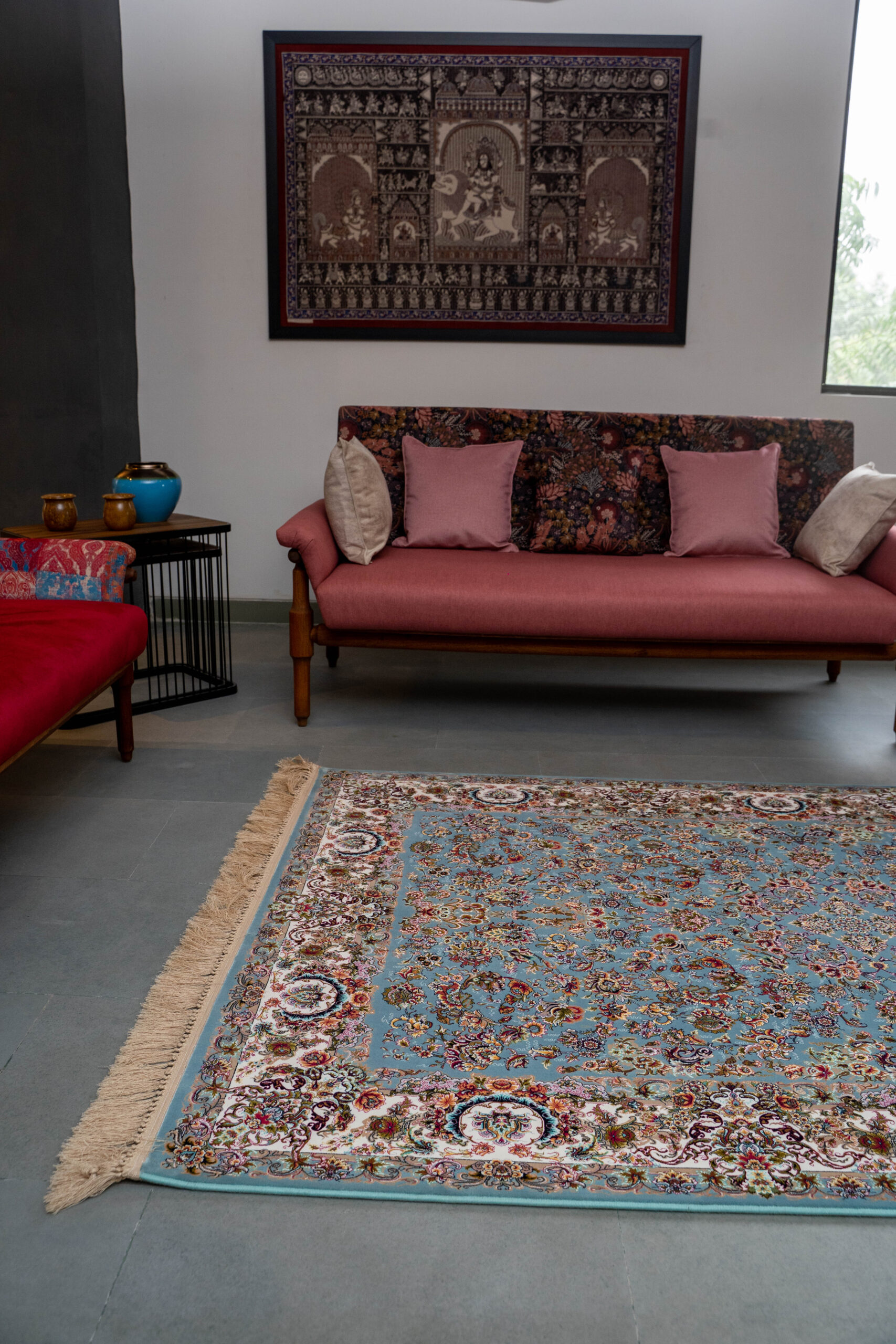
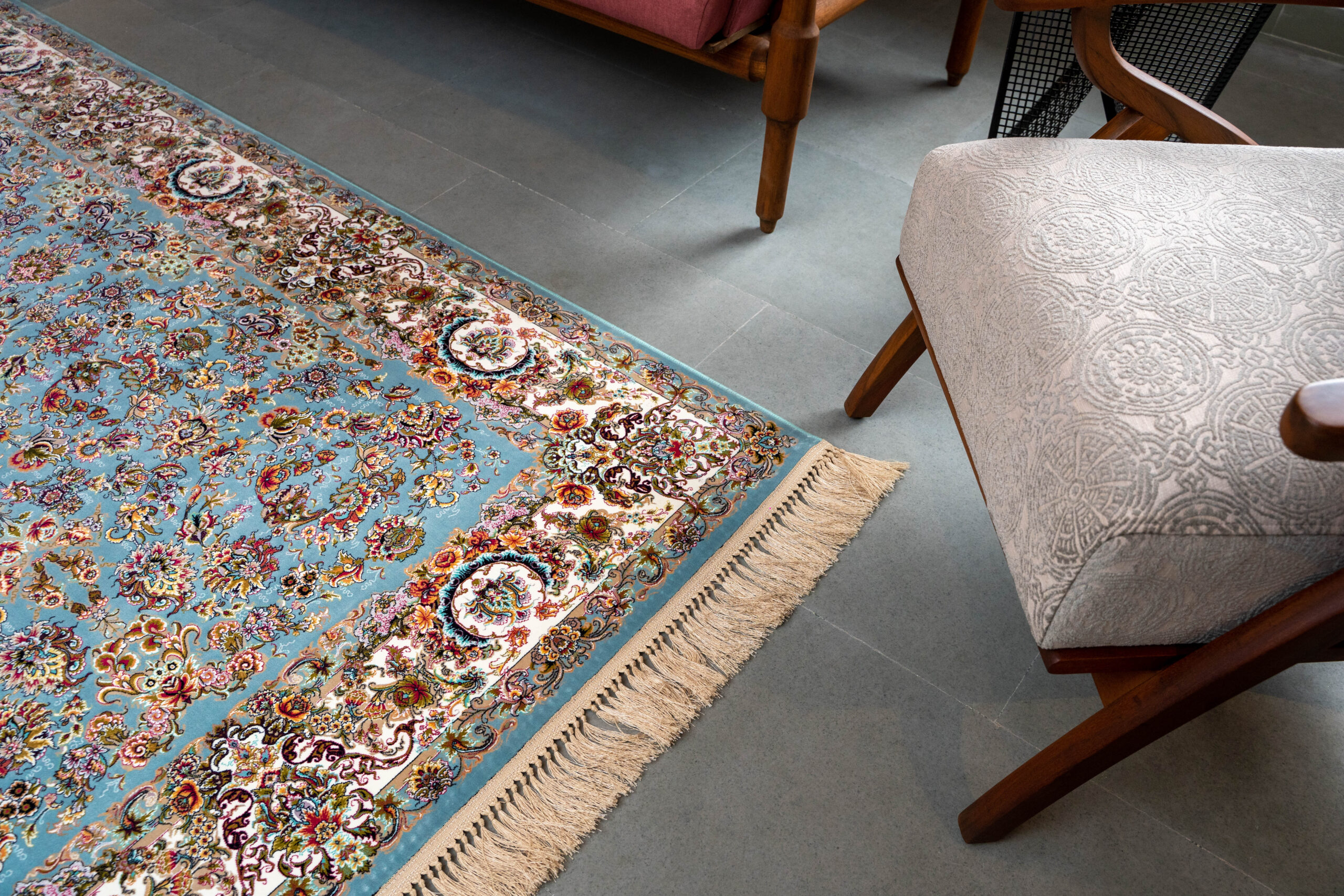

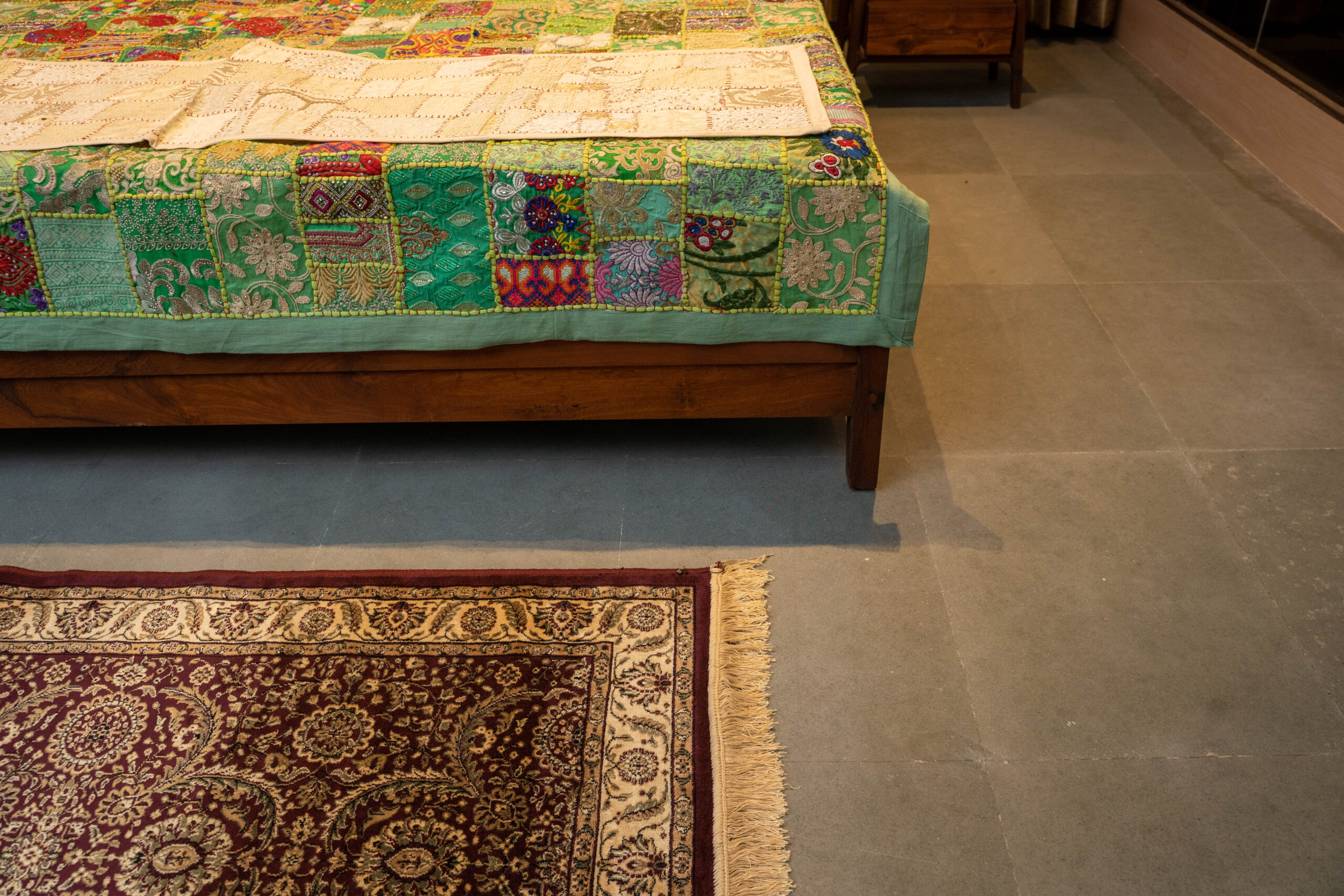
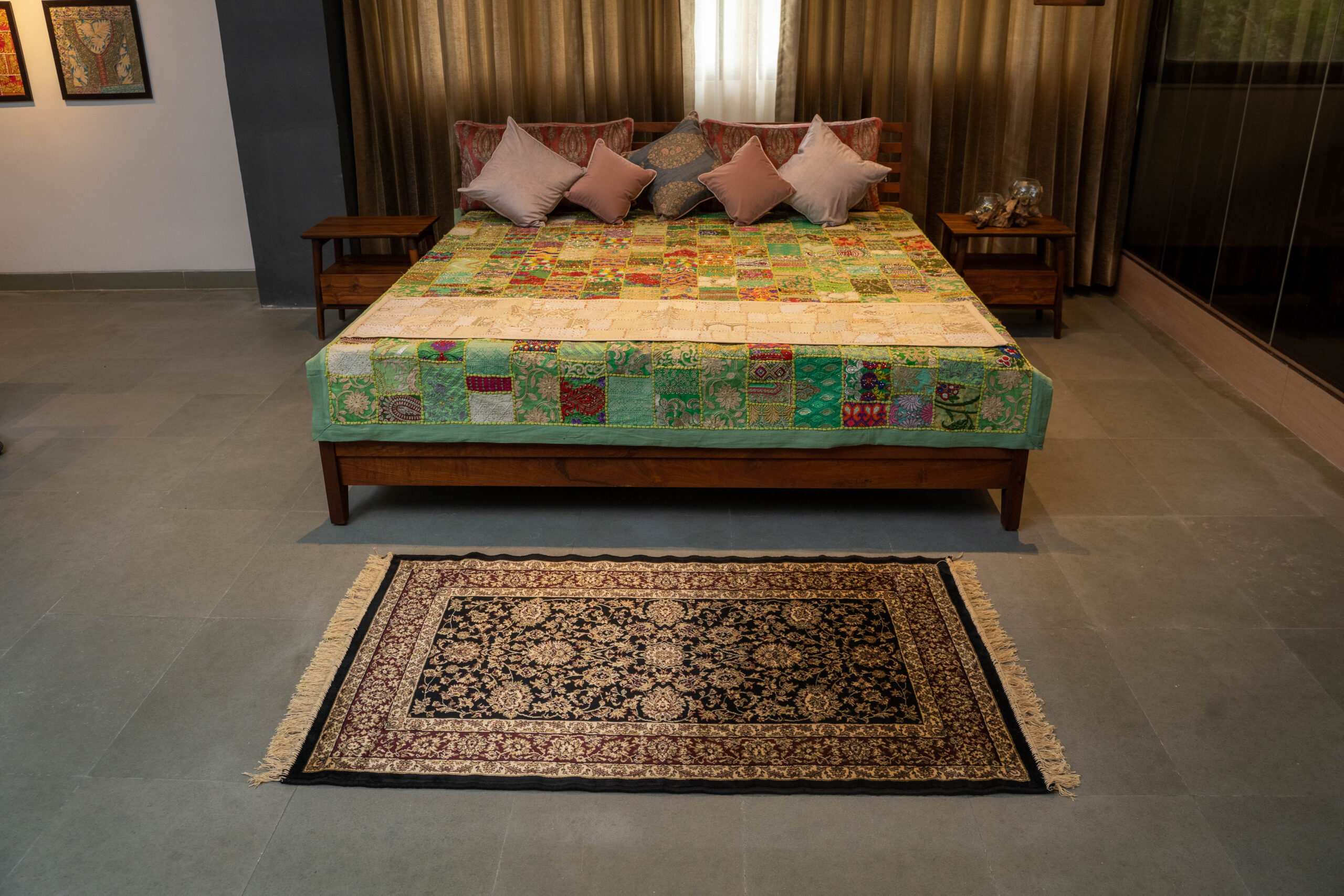


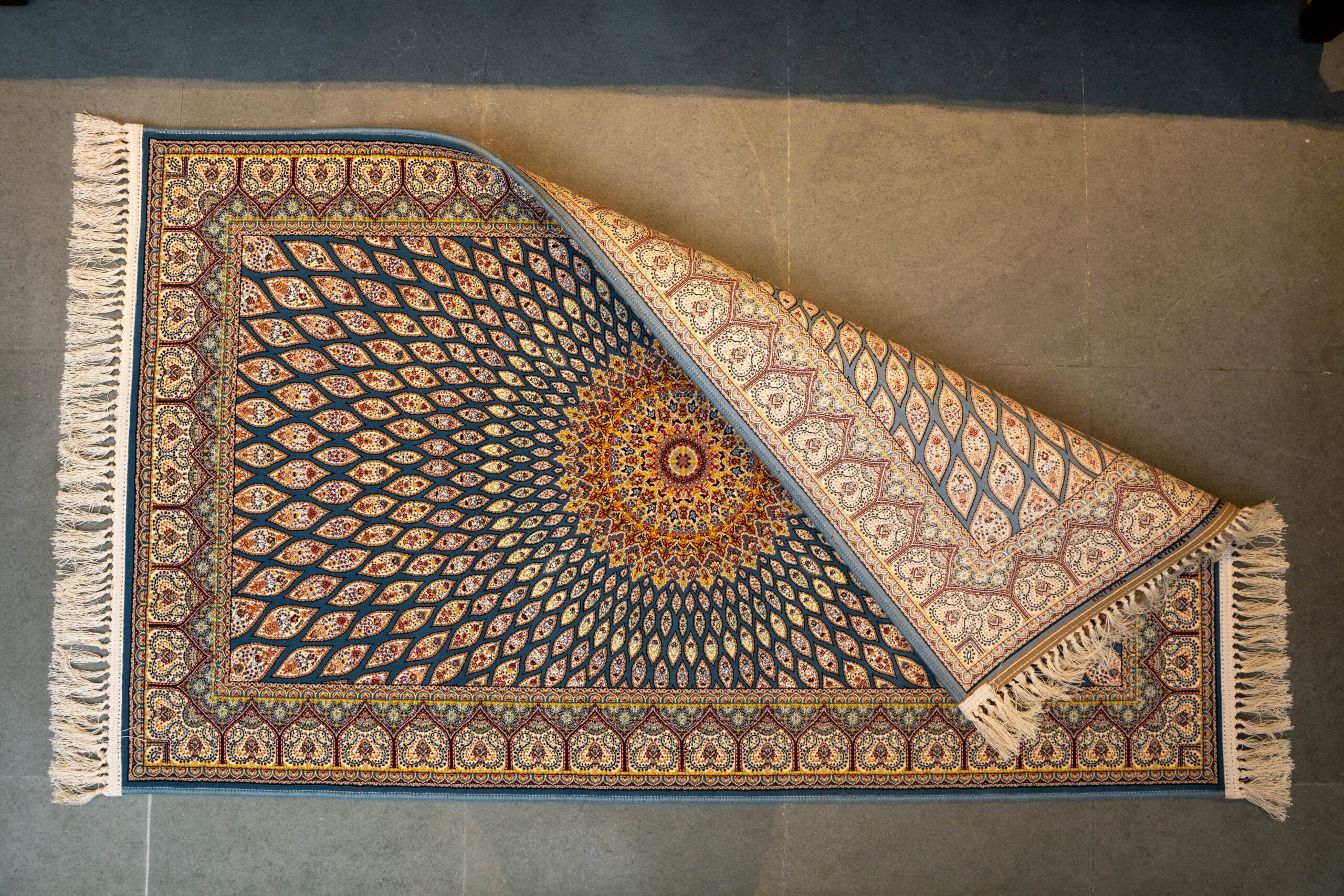
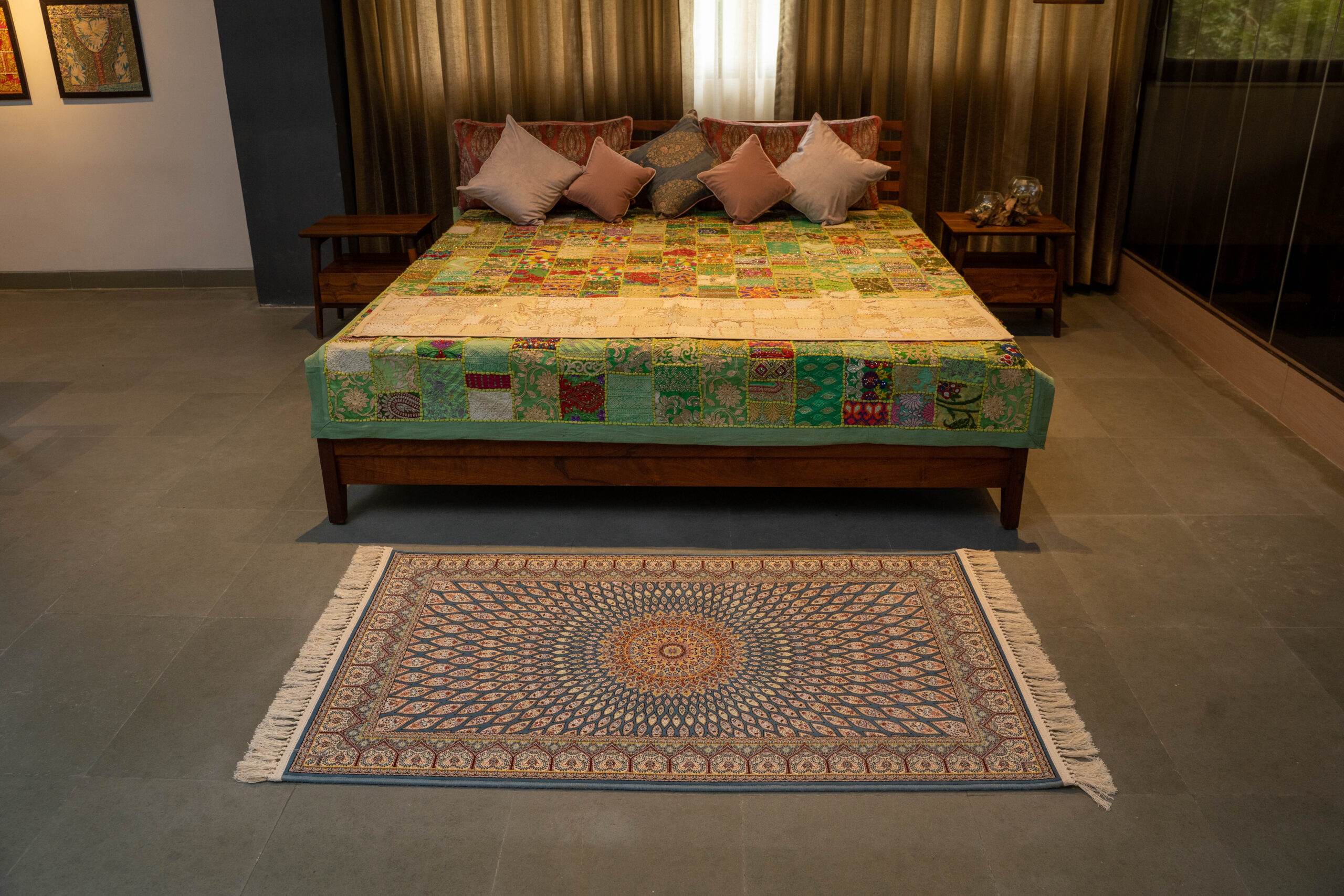
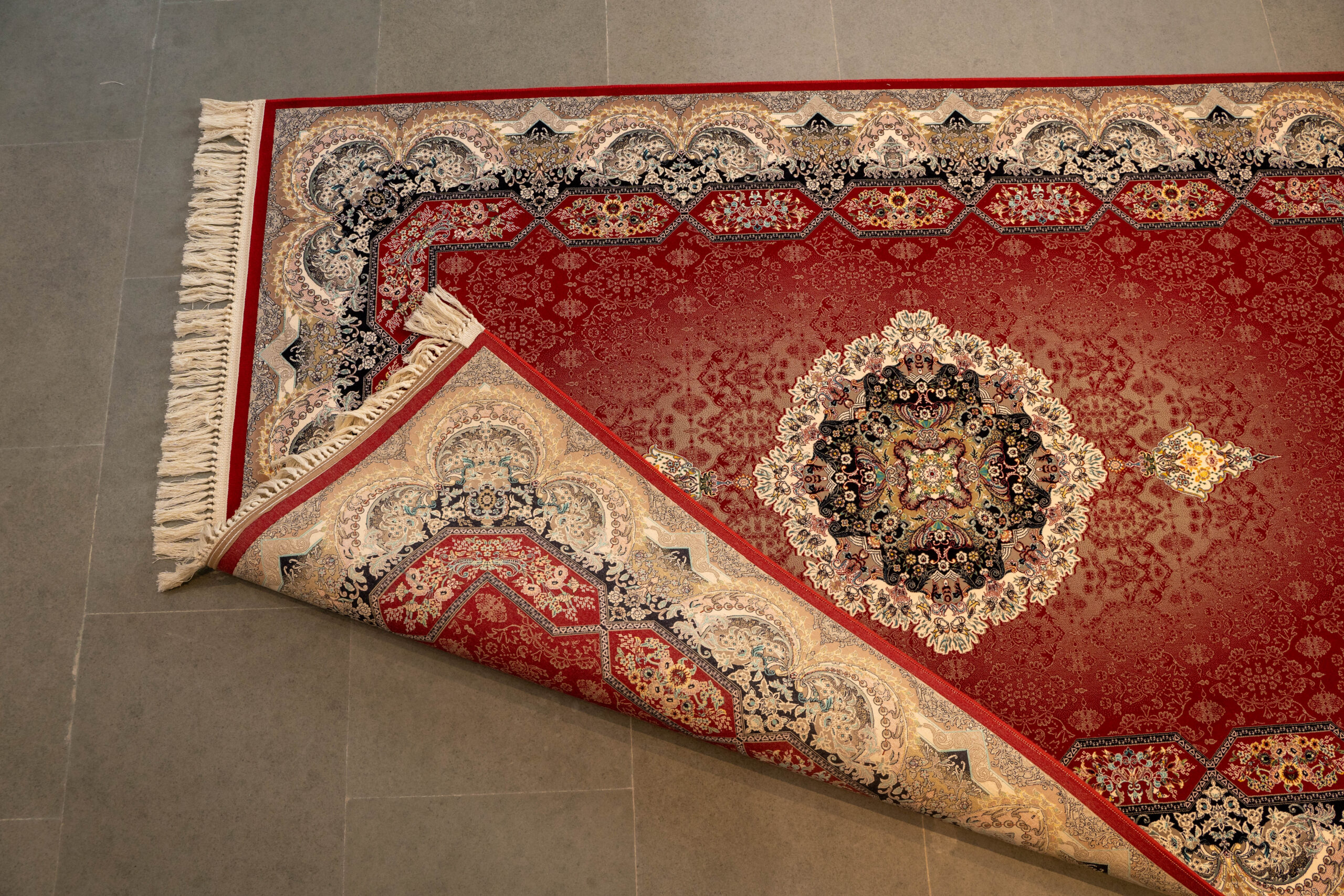



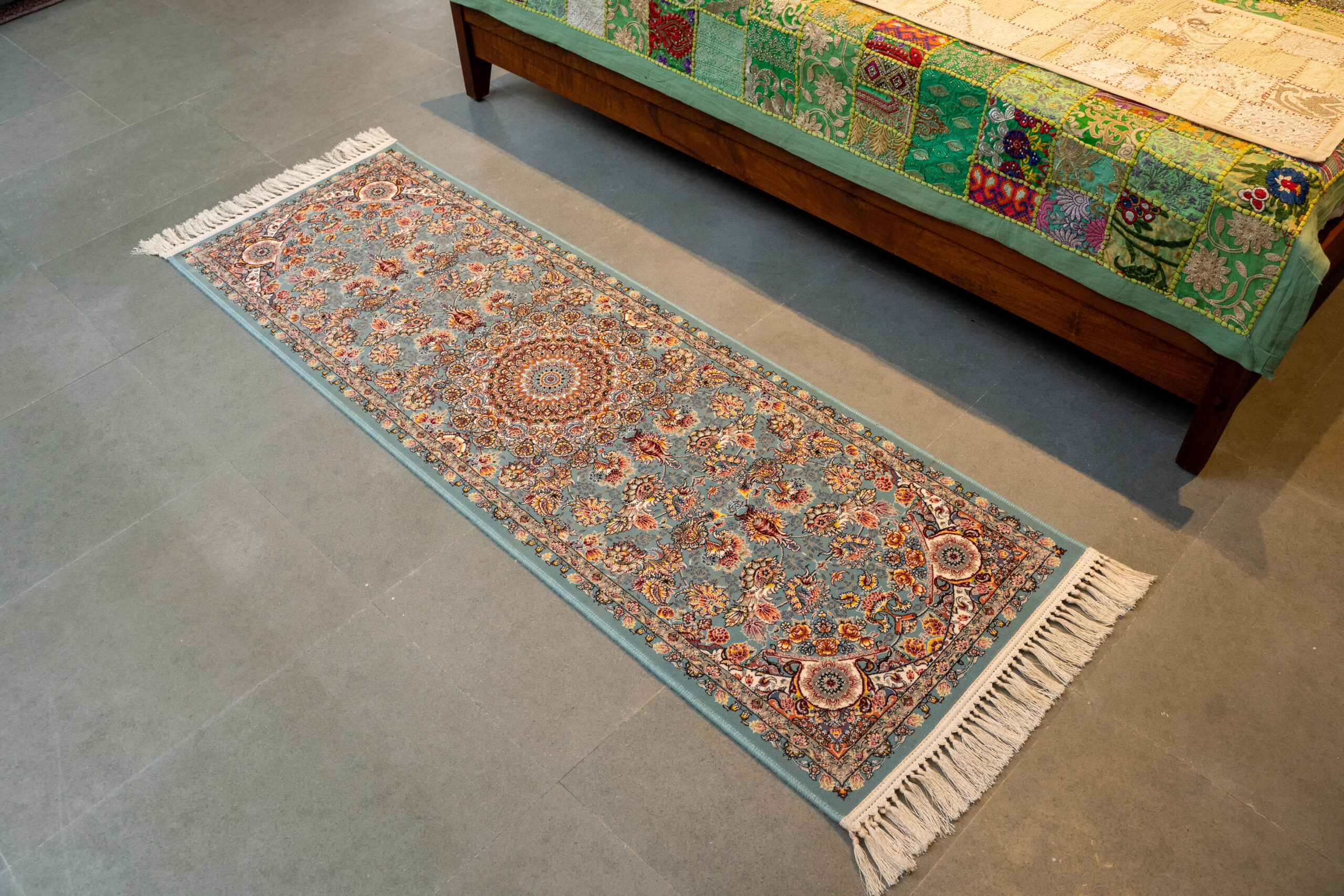















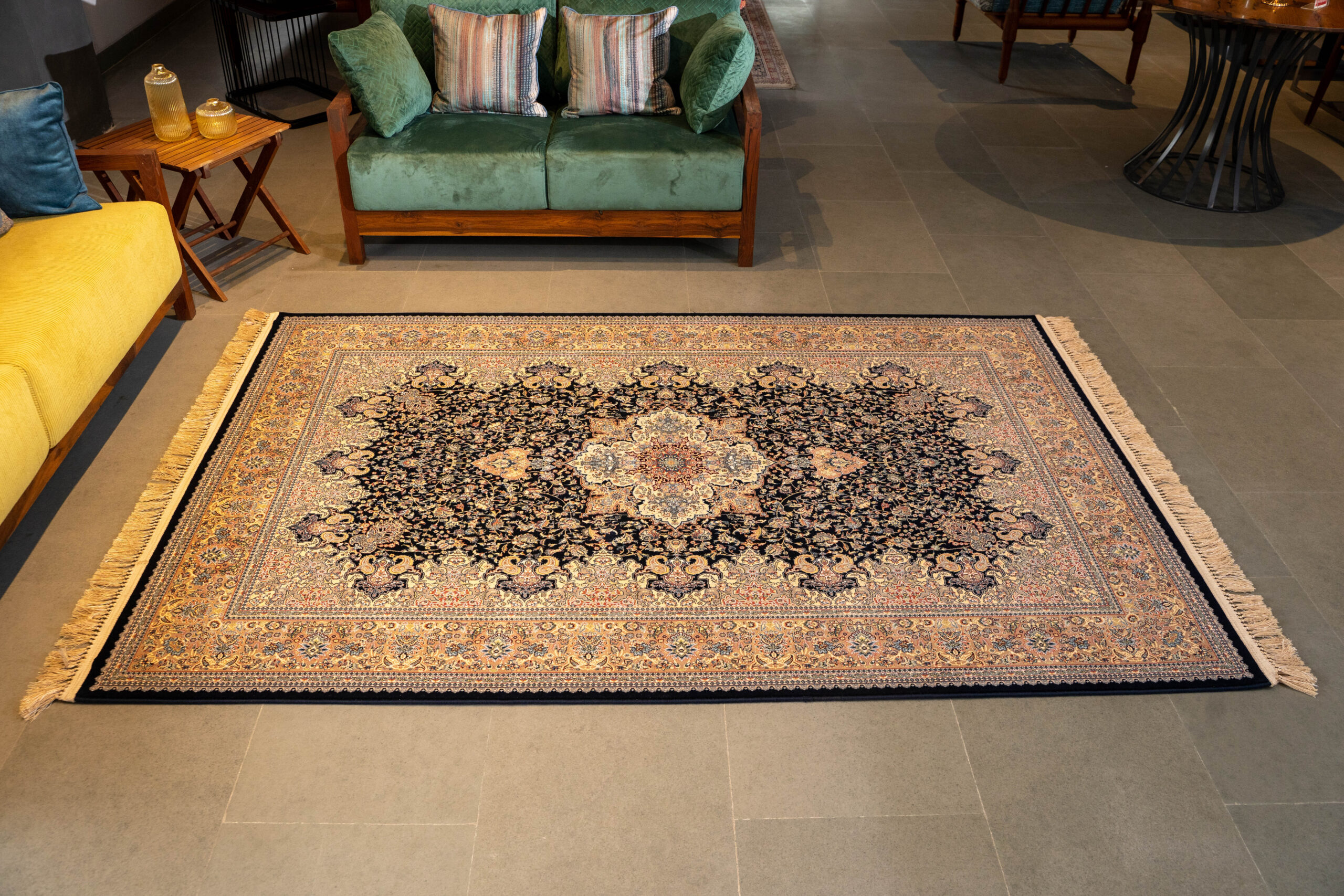




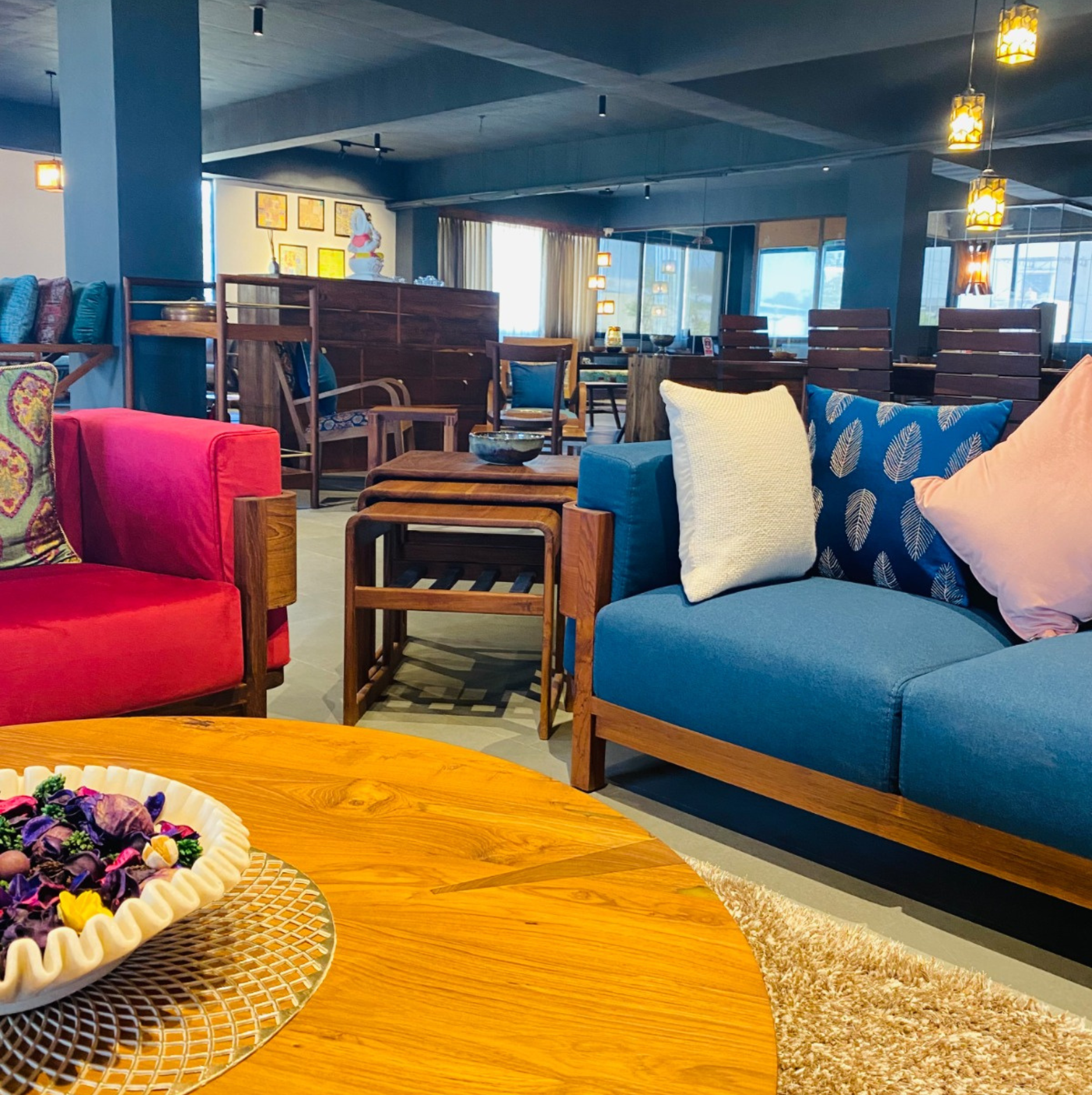

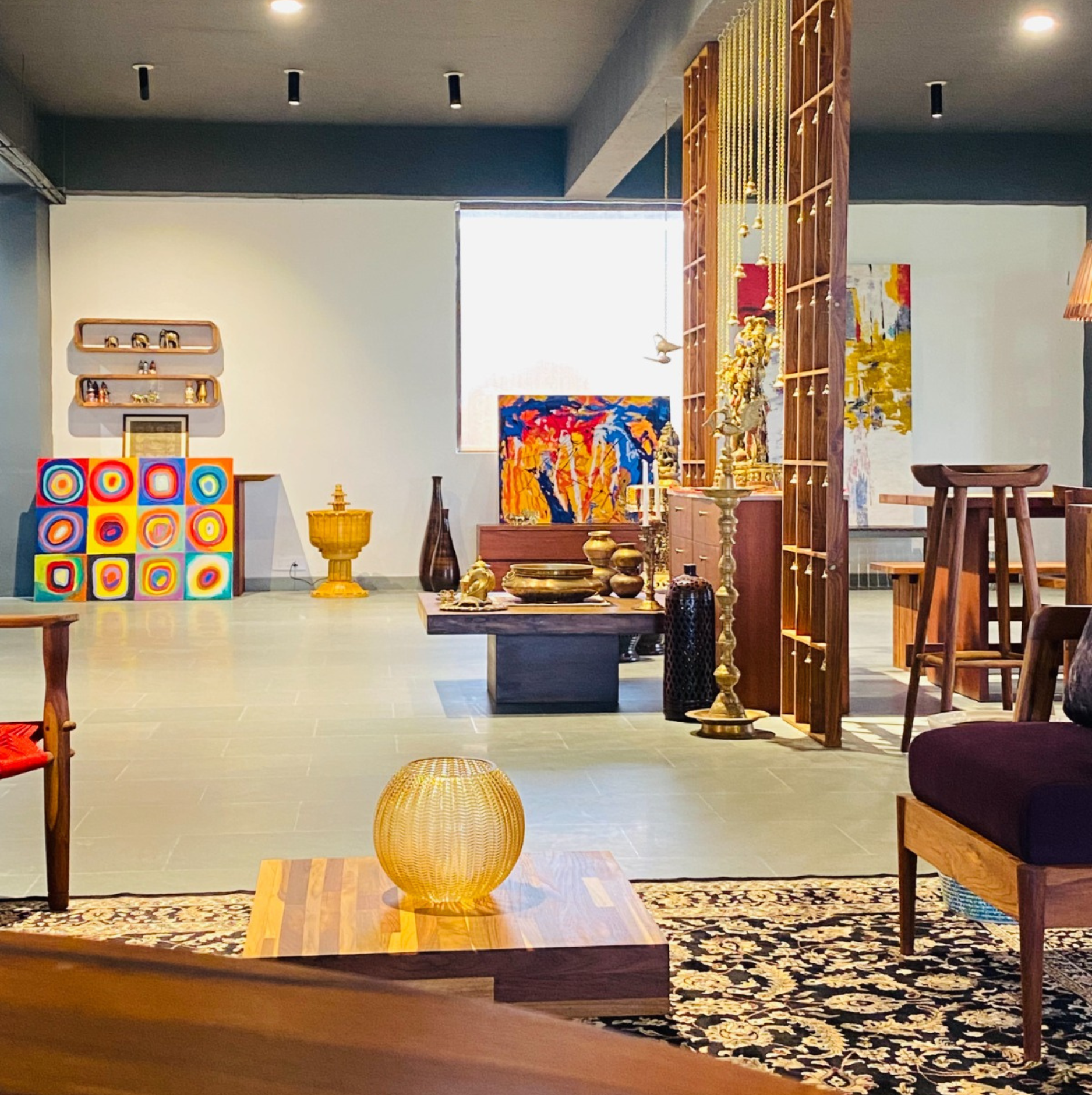

Reviews
There are no reviews yet.